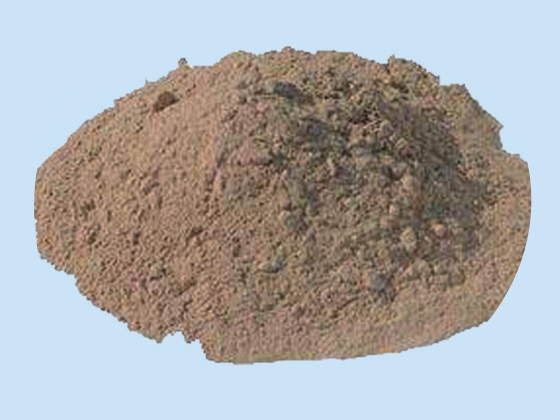
Liaoning Haicheng Xinyue Refractories Co., Ltd.
Mobile phone: +86-15041737767 +86-13322303666
Website:www.xinedai.xyz
Mailbox: xinyuenaihuo@163.com
Address: East Pai Lou Industrial Park, Pai Lou Town, Haicheng, Liaoning.
Dry ramming material is suitable for foundry enterprises with good effect, low cost, long service life and high cost performance. It is composed of super bauxite clinker, corundum, spinel, magnesia, sintering agent and so on. Dry ramming materials are acidic, neutral, alkaline and silicon carbide ramming materials.

In core induction furnaces, neutral dry ramming is generally used in the furnace. The material of dry ramming material used by inductors varies with application conditions. Neutral dry ramming is often used in non-ferrous metal smelting furnace. Alkaline or neutral dry ramming materials are often used in ferrous metal smelting furnaces.
Dry ramming materials can be constructed by direct vibration or direct vibration in two ways. The direct ramming method is to ram the refractory material directly with a vibrator. After a layer of refractory material is fully compacted with a rammer, the surface of the refractory material is raked loose, a new layer of material is filled, and then the refractory material is fully compacted with a rammer. Carry on in such a way; until the construction is finished. Although this method is time-consuming, it can prevent stratification between layers. The direct vibration is the vibration force generated by the rammer fixed on the internal or external mold, and then transmitted to the refractory through the template, so that the ramming material is fine and dense.
In the selection of refractories for the bottom operation layer of electric furnace, magnesium dry ramming is widely used in the operation layer of high-power and ultra-high-power electric furnace. As well as oxidation and recovery operation at high temperature in the furnace, the slag is soaked to the bottom of the furnace, resulting in thinning of the furnace bottom. In discontinuous operation, dicalcium silicate in slag absorbs water from atmosphere and collapses, which decreases the durability of the material and affects its service life. It is enough to resist the mechanical impact of the burden.
